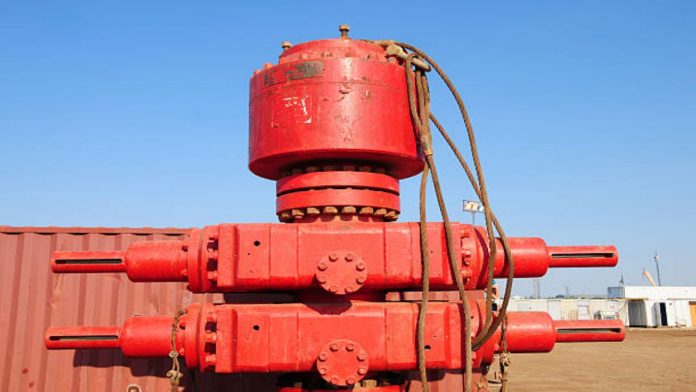Blowouts are sudden and uncontrolled releases of oil or gas from a well, which can lead to catastrophic accidents, environmental damage, and loss of life. However, bop oilfield equipment is a vital tool used in industries to prevent blowouts during completion, drilling, and well-control operations.
BOP oilfield equipment serves several critical functions during drilling and well-control operations in the oil and gas industry. Its primary role is to prevent uncontrolled releases of oil, gas, or other fluids from the wellbore, which can lead to blowouts, environmental damage, and safety hazards.
How to Choose BOP Oilfield Equipment
Choosing the right BOP oilfield equipment is of utmost importance in ensuring the safety, efficiency, and success of drilling operations. BOPs are critical components used to prevent uncontrolled blowouts, which can have catastrophic consequences for personnel, the environment, and the overall project. Here’s a comprehensive guide on how to choose these tools.
1. Understand Your Requirements
Begin by comprehensively understanding the specific requirements of your drilling project. Consider factors such as well depth, drilling environment, well pressure, temperature, and the type of well being drilled. Each of these aspects will influence the type and specifications of the BOP equipment needed.
2. BOP Types
There are several types of BOPs available, and each serves different purposes. The main categories include Annular Preventers, Ram Preventers, and Hybrid BOPs. Annular preventers form a flexible seal around the drill pipe, while ram preventers use steel rams to seal the wellbore. Hybrid BOPs combine both functionalities. Choose the type that best suits your specific well and operational needs.
3. Pressure and Temperature Ratings
Ensure that the BOP equipment you choose is rated to handle the maximum pressure and temperature expected during the drilling process. Exceeding these ratings can lead to equipment failure, compromising safety.
4. Compliance and Certification
Verify that the BOP equipment complies with industry standards and regulations, such as those set by the American Petroleum Institute and the International Association of Drilling Contractors. Certification ensures that the equipment has undergone rigorous testing and meets the required safety standards.
5. Manufacturer Reputation
Research the reputation and track record of the manufacturer. Look for well-established companies with a history of producing reliable and durable BOP equipment. A reputable manufacturer is more likely to provide high-quality products and responsive customer support.
6. Compatibility
Ensure that the BOP equipment is compatible with your existing drilling rig and other well control components. Compatibility issues can lead to operational inefficiencies and potential hazards.
7. Rig Location and Environment
Consider the specific conditions of your drilling site, such as water depth, temperature, and environmental factors. Ensure you select BOP equipment that can withstand the unique challenges of your location.
8. Maintenance and Support
Check the availability of spare parts, maintenance services, and technical support. Regular maintenance is crucial for the proper functioning of BOP equipment. Adequate support from the manufacturer will minimize downtime in case of equipment issues.
9. User-Friendly Features
Choose BOP equipment with user-friendly interfaces and controls. During high-pressure situations, simplicity and clarity in operation can help reduce the risk of human error.











